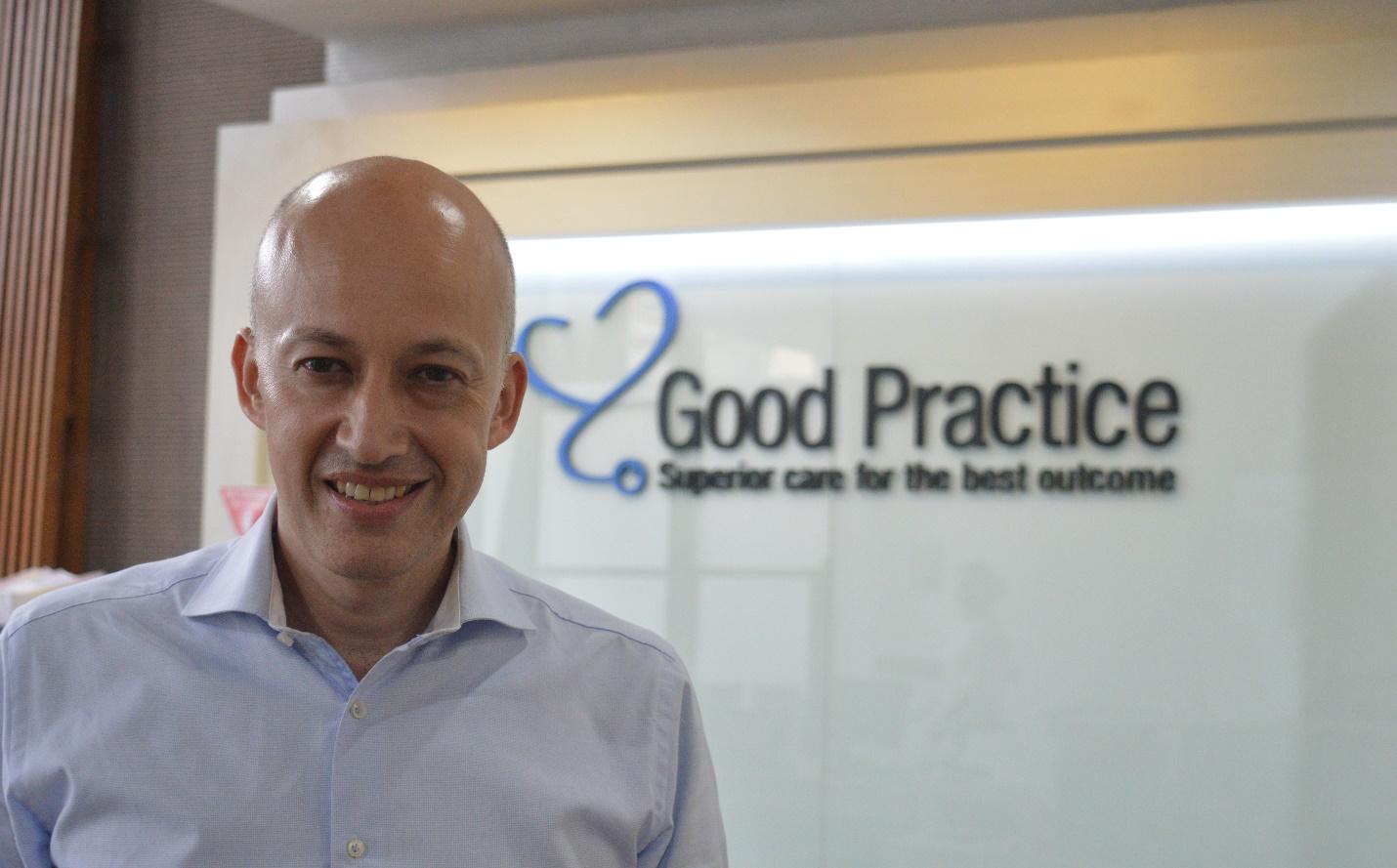This article is written to learn more about the different types of headaches.
A lot of people suffer from headaches; that is why it is worth reading about them. Is a headache caused by a virus or pollution? Or is it caused by too much heat or traffic? It is a very common complaint.
Most headaches, though, are not serious. A lot of headaches can be treated with simple painkillers and lifestyle changes, like rest and drinking fluids. If your headaches are painful or frequent, so much so that they affect your daily life, it is better to see your GP, preferably at Good Practice.
Tension headaches
Tension headaches are also known as the normal, ‘everyday’ headaches. They feel like a constant ache, a tight band on both sides of the head. The ache normally lasts for 30 minutes, but it can last for a few days as well. There is no clear exact cause, but there could be a relation with stress, poor posture, skipping meals, and dehydration. Tension headaches can be treated with painkillers such as paracetamol and ibuprofen. Lifestyle changes, such as sufficient sleep, less stressful activities, and drinking plenty of fluids, may also help.
Migraines
Migraines are usually felt as a throbbing pain at the front or side of the head. Other symptoms can include nausea, vomiting, and increased sensitivity to light or sound. Migraines can stop you from carrying out your daily activities. They usually last a couple of hours, and some people can even end up staying in bed for days. Migraines can be treated with over-the-counter medication. If they’re severe, you may need stronger prescribed medication; the latter can relieve and prevent your migraines.
Cluster headaches
Cluster headaches are a type of headache that occurs in clusters for a month or two around the same time of year. They’re very painful, causing pain around one eye, and can have other symptoms like a watery eye (or reddened eye) and a blocked nose. Normal pain medication doesn’t ease a cluster headache, but a doctor can prescribe medication to ease the pain and prevent further attacks.
Medication and painkiller-overuse headaches
Some headaches are a side effect of a particular medication. Headaches can be caused by taking too many painkillers; this type of headache is known as a medication and/or painkiller-overuse headache. The headaches will usually get better within a few weeks after stopping the painkillers that are causing them.
Hormone headaches
Headaches suffered by women can be caused by hormones, and they may be linked to periods. The combined contraceptive pill, menopause, and pregnancy are also potential triggers. Regular sleep, reducing stress levels, and regular meals may help reduce hormone headaches.
Other causes of headaches
- Alcohol;
- Head injury or concussion;
- A cold or flu;
- Problems with the “chewing” muscles (the joints between the lower jaw and the base of the skull);
- Sinusitis;
- CO2 poisoning;
- Sleep apnea.
Anything more serious?
Though rarely, headaches can be a symptom of a serious condition such as a stroke, meningitis, or even a brain tumour. This is more likely if:
- The onset is sudden, and the pain is severe;
- The pain is not reducing and gets worse instead;
- Occurs after a severe head injury;
- Triggered by coughing, laughing, sneezing, or physical exertion;
- If you also suffer from symptoms like weakness, slurred speech, confusion, memory loss, and drowsiness;
- If you also suffer from symptoms like a fever, a stiff neck, a rash, jaw pain, vision problems, a sore scalp, or severe pain and redness in one of your eyes.
Good Practice provides trusted medical practitioners who can help you. We now have patients from 80 countries. Try our English-speaking team!
Dr Steven Graaff, MD, MRCGP, the founder of the GOOD PRACTICE clinic, is a graduate of the Vrije Universiteit Amsterdam. Before completing his formal training in General Practice in the UK, he worked in several hospitals as well as occupational health and general practices in the Netherlands and the UK. As a medical professional with international experience, Steven decided to start his own clinic, GOOD PRACTICE, in Jakarta.




